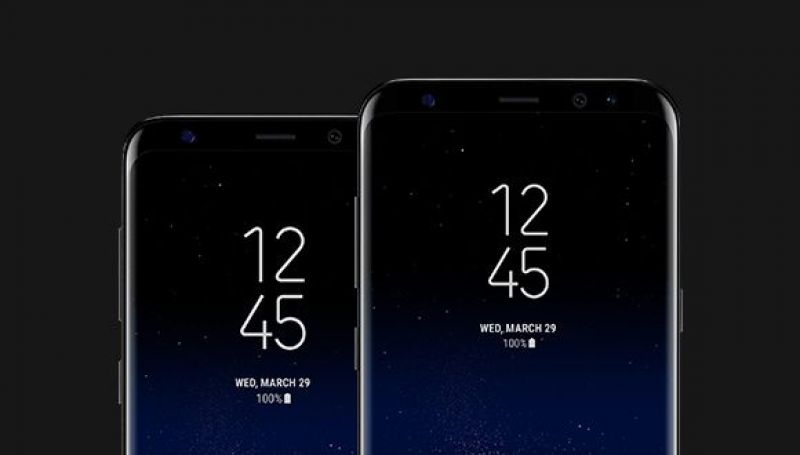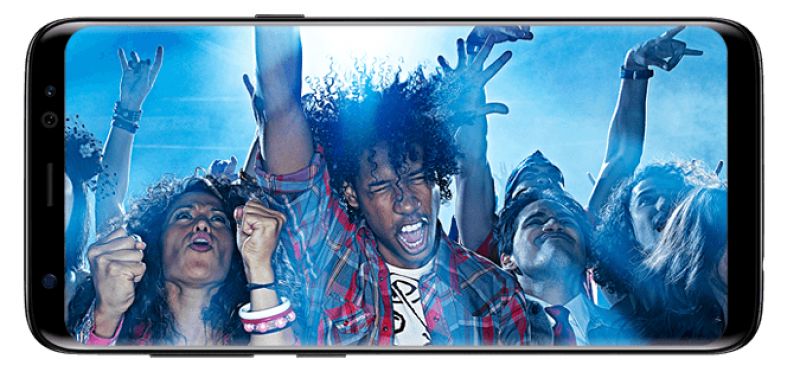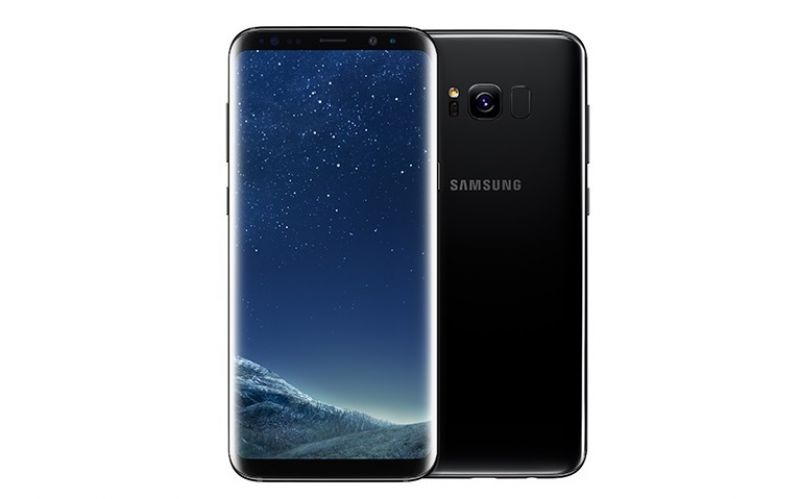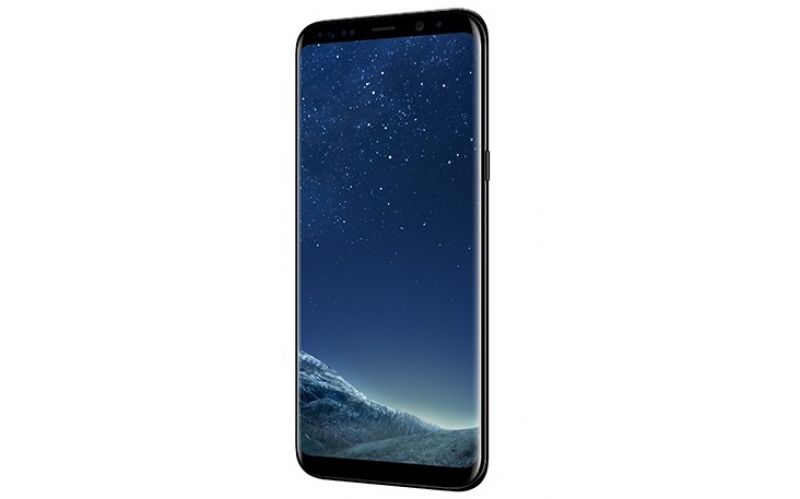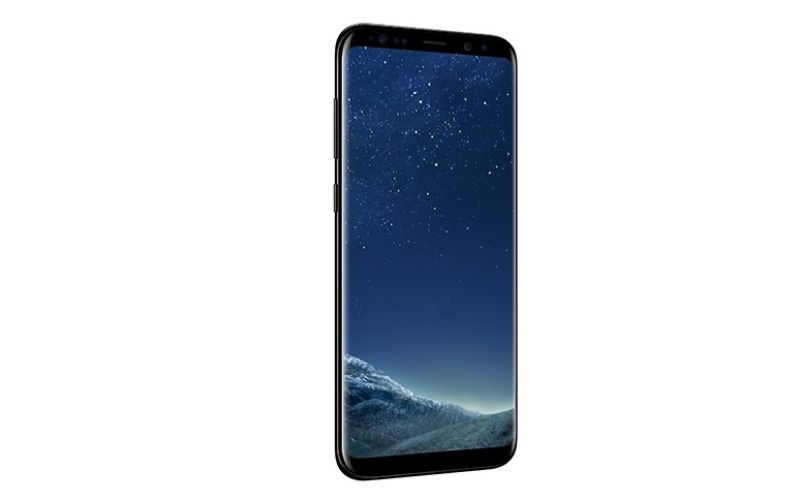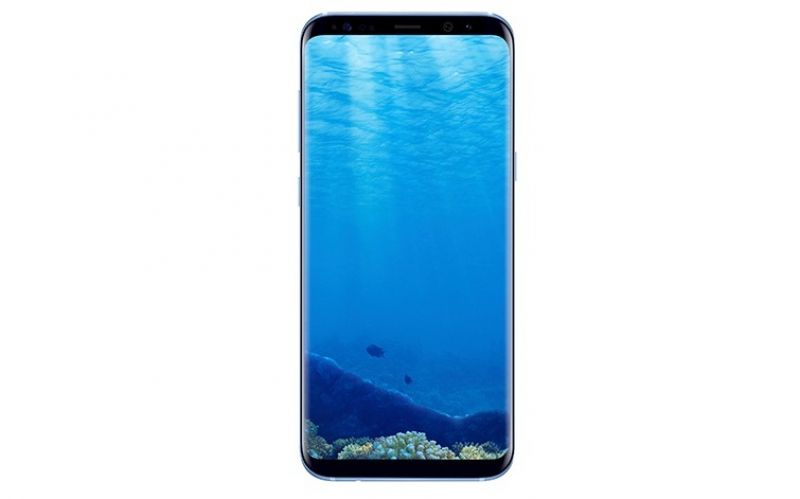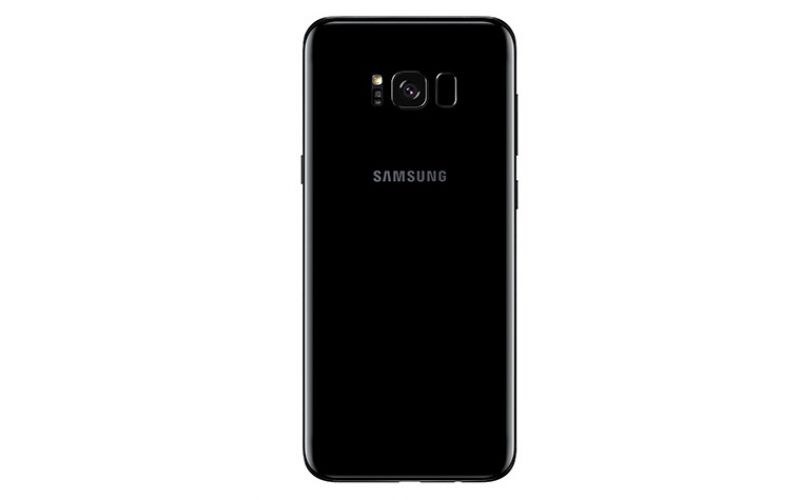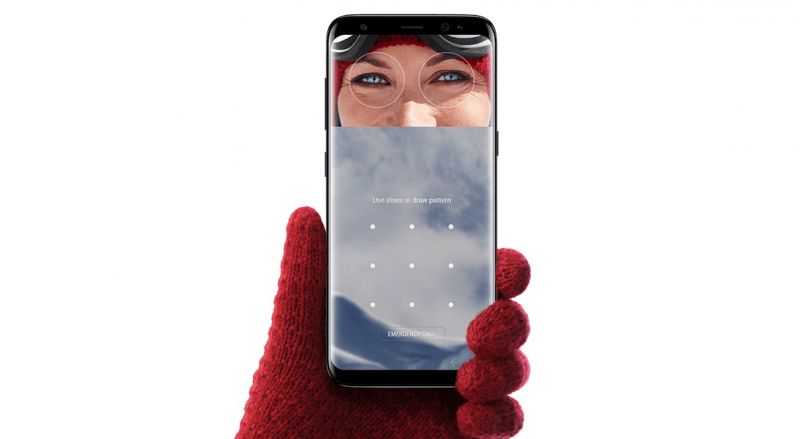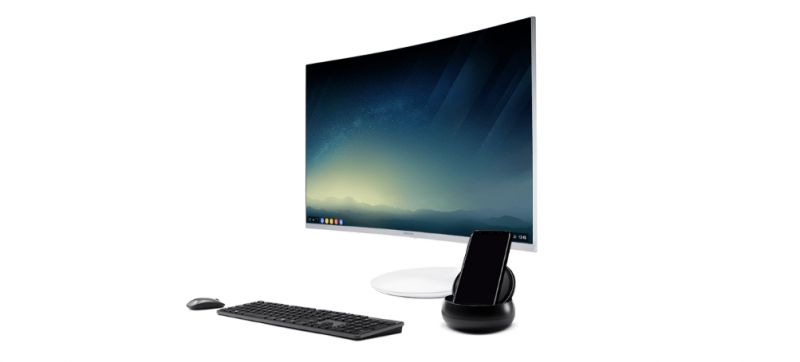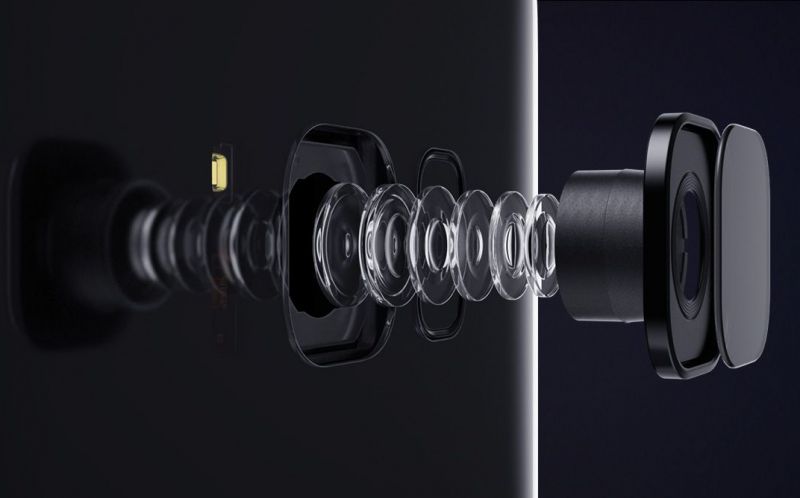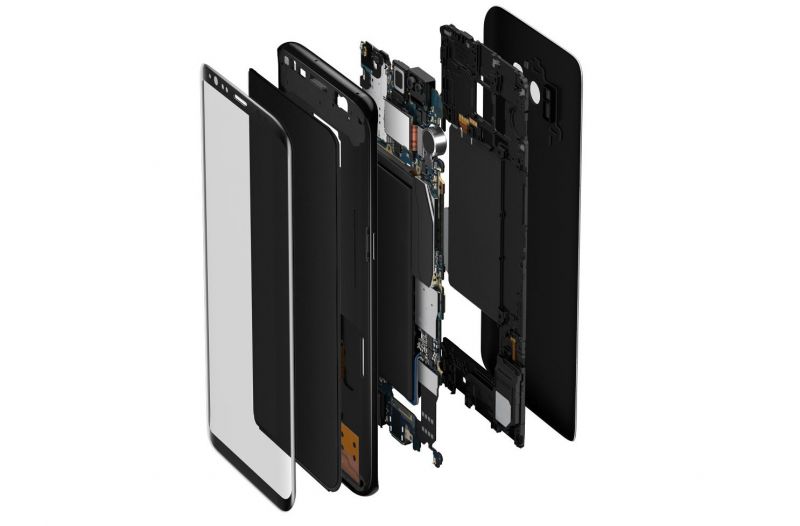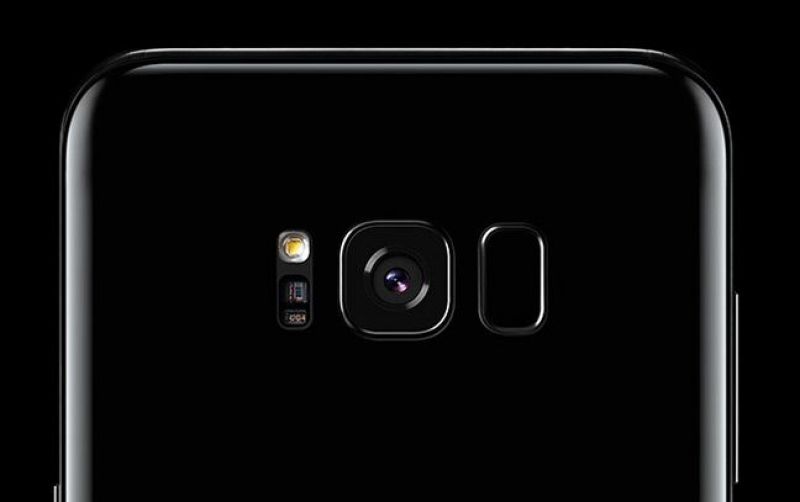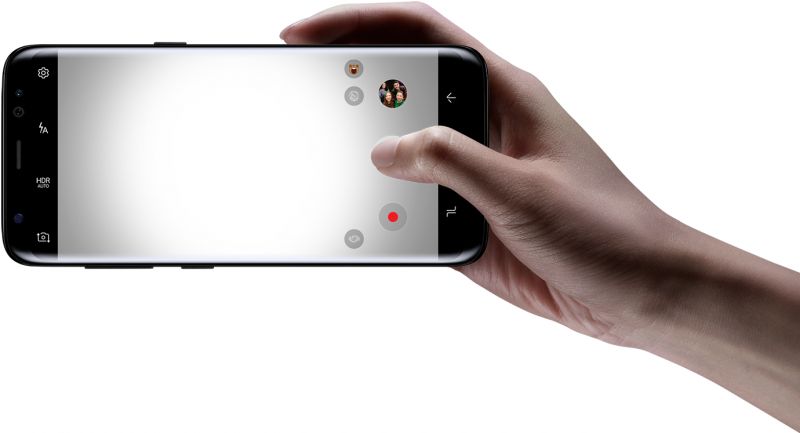Samsung Galaxy S8+ review: A powerful, good-looking phablet with a small footprint
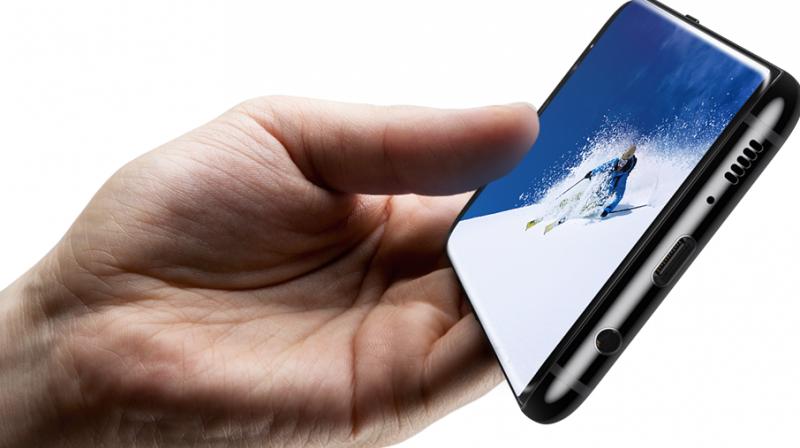
Samsung has finally managed to leave its smartphone rivals far behind in the design segment. With the new Galaxy S8 flagships, the Korean tech giant has shown the world its prowess with respect to how smartphone technology can be powerful, and yet remain beautiful. Yes, the Samsung Galaxy S8 flagships are beautiful beasts. However, although they look pretty delicate, they are significantly tough. The S8+ does show a great blend of beauty and power, and the Korean giant is showing the world a glimpse of how next generation smartphones could evolve.
The Galaxy S8+ was in our hands for a short while, and the moment we had physical access, we were almost drooling all over it. With a few days of use and various tests, we do say that the Samsung Galaxy S8 series is probably ‘the phone of 2017.’ We simply have to wait for Apple and Google’s answer to the S8+, which will be unveiled around September.
The Samsung Galaxy S8+ features the most powerful hardware yet, with the latest in display design. At first, you will awe the product, but after a few days in the use and you will find that it’s nothing more than the previous generation Galaxy S7 with a powerful engine. The only new difference on the S8+ is the stunning Infinity Display and a few additional features.
The S8+ sports the best display yet — a stunning, curved Super AMOLED display panel that flushes itself with the metal frame around the sides. The rear panel too gets a similar curve and the two glass exteriors merge with the metal frame to form one single, seamless chassis.
The Infinity Display sports a 2K resolution with 1440 x 2960 pixels packed within a 6.2-inch panel and protected by the toughest glasses out there — the Corning Gorilla Glass 5. The rear panel sports the same Gorilla Glass 5, which makes the entire phone protected with a tough glass. However, it is still a glass and not metal, which means that they are still prone to scratches and damage, not forgetting fingerprints and smudges that come from daily handling. (We personally witnessed the display being scratched within just a day of using the phone, and that too with extreme care) Though the Gorilla Glass 5 is the toughest one out there, smartphone insurance firm SquareTrade has warned that the displays are highly susceptible to cracking and have rated the S8 devices with a breakability score of 76 out of 100.
SquareTrade claims the S8 is the first phone it has tested that cracked on the first drop on all sides, concluding that the phone is “extremely susceptible to cracking when dropped from any angle”.
The main reason behind the problem is the lack of sufficient metal frame area around the display, which means that the Samsung Galaxy S8+ does not have much protection from impacts. However, though the phone still holds a tough glass, you may not be one of those unlucky ones if you handle the handset with care and make sure you encase it with some soft silicon bumper. The large display also made new alterations to the front panel — the home button goes under the screen with a soft home button now residing on the user interface. Similar to Apple’s new iPhones, Samsung has also given a haptik feedback on pressing down the home button. However, the haptik pulse from the built-in motor is more of a vibe than a click which is felt on the iPhone. The vibration is a bit too long than needed and the vibrating motor is on the top half of the phone, which give is an odd feeling.
Though a welcome approach by Samsung on this part, the haptik feedback on the home button is just a gimmick. It’s only required once when unlocking the phone. Unlike Apple’s iPhone, the home button’s press down and haptik feedback is not necessary during normal use since the button is UI- based and only needs to be touched. The haptik feedback and pressing hard on the home button is unnecessary. And lastly, since the home button is no longer present below the display, the fingerprint sensor now takes its place on the rear panel.
The device gets its strength from an extremely strong metal frame that is sandwiched between the rear and front glasses. The frame is strong enough and you won’t have to worry about bending issues. The frame still holds the power and volume buttons as usual, but this time, Samsung has implemented a new physical button for its newly introduced AI, Bixby. A single press on the button brings up the AI and you are ready for action. However, Bixby is still in teething mode and will take some time to be launched, which will be announced soon by Samsung. The top edge sports the SIM card tray, while the bottom houses the mono speaker, USB Type-C port and the 3.5-mm headphone jack, which Samsung has retained unlike a few rival brands.
The rear panel looks different — while everyone was predicting a dual camera to make a debut on the Galaxy S8+, Samsung has put in a single better camera anyways. A 12MP sensor with an OIS and an LED flash, heart rate monitor and a fingerprint sensor reside on the two sides of the camera.
Sadly, the fingerprint is oddly placed on the right side instead of the centre as most smartphones do. If you are a right-hander, your index finger may manage to reach the sensor, but you will surely find trouble finding it easily and in the bargain, you will manage smudging the camera lens as it is too close to the sensor. If you are a left-hander, things should work for you, however, it needs getting used to. If the sensor was centred, like most phones out there, we think it would have been comfortable as you can comfortably use your other fingers too. The fingerprint scanner is fast and works with precision. However, we did find a few times when the unlocking was now as accurate. Other modes of unlocking the phone are face unlocking and iris scanning, apart from the usual PIN and pattern unlocking.
The iris scanning is great, secure and efficient. The iris scanner can register only one pair of eyes, and works in the dark too — thanks to a tiny IR led upfront. So if you want to use your iris for multiple users, you can’t. However, we did find a way to get past that too. When registering your eyes, you can register two people at the same time, with using one eye each. To do this, stand side by side and let the iris scanner scan one eye from each person (your left and his right or vice versa) to unlock, simply use the same eye and it will unlock the phone. So now you can have two users using the same phone — not practically recommended actually.
All in all, Samsung has managed to keep the devices pretty slim, even though it packs hoards of features within the 8mm-thick phone. The S8+ packs in wireless charging, NFC, a 3500mAh battery and all this in a waterproof and dustproof IP68-certified body. However, the body, being all glass, is bound to be slippery. If you have sweaty hands, slipping is out of the question, but getting smudges and grime from your palms is what you need to worry about. Many have found the phone slippery, including us. Hence we insist using a case on the device.
The display takes its name from the design which gives you a feel that there is almost nothing around the sides. The phone when held in the air creates the display feeling that it almost disappears into the surrounding, creating an infinity feeling. There were many reports also stating that the S8’ AMOLED display was showing a red hue on the handsets. However, Samsung says that the red tinting issue is natural to AMOLED displays and the company has also rolled out a software patch to fix the issue.
The display is unique and Samsung has taken the upper hand in the segment as they have the superior technology with display. Samsung has tried to keep the display as large as it can, but has managed to limit the size of the handset too. Thanks to the curved display that picks on the real estate on the sides and still manage a larger screen size on a relatively thinner body. Samsung has minimised the forehead and chin by squeezing them to increase the real estate on the display, by 83 per cent of the entire handset face. This move has given the S8 and the S8+ a weird aspect ratio of 18.5:9. And now, app developers have to adhere to this new standard and tweak their apps to accommodate the S8+ displays for full screen. However, watching a movie is bliss as the wide landscape gives plenty of room for the display to expand and the movie is more enjoyable with almost no black bars on the top and bottom. The display is Mobile HDR Premium certification by the UHD alliance, which makes this panel unique and superior than any other phone out there. Experts from DisplayMate too have certified the Samsung Galaxy S8-series with the best smartphone display they have ever tested. Having an HDR certified display means you can enjoy better quality movies on your phone. Amazon Prime Video and a few other services have already announced HDR-ready movie titles.
Moving on, the S8+ is powered by the latest Qualcomm powerhouse, the Snapdragon 835 SoC in the US variant, but India gets to see the company’s own home-brewed processor, the Exynos 8895, which is supposedly more superior in performance than the Snapdragon variant. Sadly, we have no way to prove this at present as India will not see the SD variant.
The Exynos Galaxy S8+ features an octa-core processor with four cores running 2.3GHz and four cores running 1.7GHz. Clubbed to the processors is 4GB of RAM and a MALI-G71 graphics processor that gives the handset its additional power. Storage is kept at 64GB on both the models (S8 and S8+), but it can be expanded to 256GB using a micro SD card. However, expanding the storage is limited to SIM cards as the hybrid SIM slot only allows for storage and one SIM, or two SIM cards together. The S8+ is powered by Android Nougat (v7.0), and Samsung has kept the interface as clean as it can. It has loads of features and tweaks, which will keep you busy for hours experimenting with it.
To add to the power on your smartphone, Samsung has also made the Galaxy S8+ perform as a desktop PC. Clubbed with an additional accessory, a docking station called DeX, your S8/S8+ smartphones can now be used as standard desktop PCs. Simply plug in a monitor, keyboard and mouse and your smartphone turns into a full-fledged desktop PC. However, don’t mistaken it to work like a horse there as the features are limited and the use is for basic productivity such as office documents, internet surfing, emails, etc.
On the performance front, the S8+ is presently the leader since there are no other smartphones with the same chipset there. Samsung was the first to launch the SoC (snapdragon) on their flagships and others will soon follow suit. Presently, Xiaomi’s Mi 6 is the only one to sport the SD835, but that is not yet being sold outside China. Using the device was a breeze as the custom UI is smooth and fast. Samsung has also altered its UI to an extent. Swiping up pulls out the app drawer and most of the bloatware seems gone now, giving you more room for your own apps.
Coming down to the photography section, the Galaxy S8+ sports a 12MP sensor on the rear, with an f/1.7 aperture and optical image stabilisation, which is capable of recording up to 4K videos. The front gets an autofocus 8MP camera with similar features. The camera’s performance is excellent. Present contenders are the iPhone 7 and the Google Pixel, but Samsung’s flagship smartphone cameras have always shown excellence of lately.
What is unique on the camera front is that it can manage multi-frame image processing, and that too, on a hardware level, unlike other phones that do it with software. The camera can take three shots at the same time and process them to reduce blur, increase focus and output a perfect shot. This is pretty much needed when you shoot moving objects, or clicking in low-light conditions. The S8+ and S7 have almost identical cameras, but the hardware engine behind the processing is what makes the camera’s performance stand out. In short, the new processor now makes the already awesome camera, even more awesome. The Galaxy S8+ presently has one of the best smartphone cameras in the market. Images are sharp and vibrant. However, we did see some photos being over-sharpened, but rarely. But overall, the photos are very impressive. Check out a few too many photos we managed to click with the S8+.



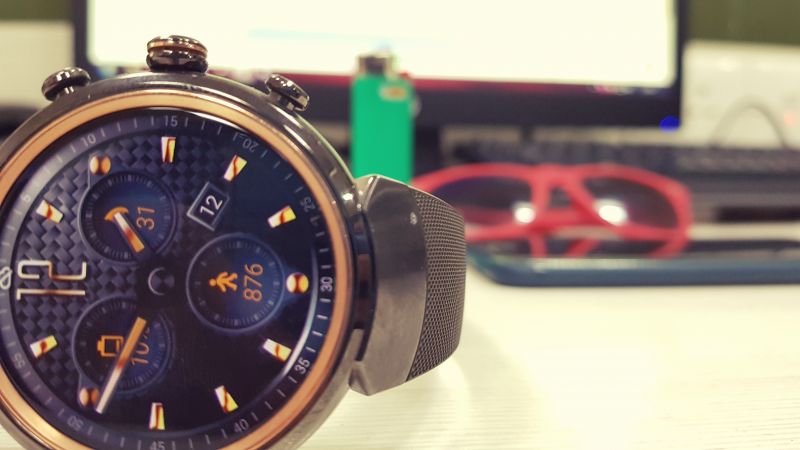
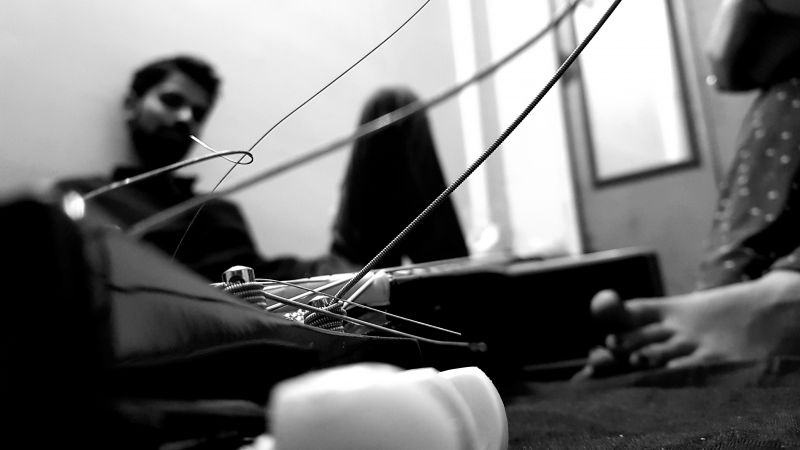
The selfie camera gets a bump in the megapixels over the S7. An 8MP sensor welcomes you with an upscaled camera UI, and with loads of features. Samsung has implemented stickers, modes, filters and AI-based animated cartoons to get better and fun selfies. The autofocus on the front camera also helps you get better photo when clicking group shots.
Heading down to the battery, a 3000mAh battery fuels the S8, while the S8+ takes on a 3500mAh powerhouse. With support from Quick Charge 2.0, the battery can top up with better speeds. Expect the S8 to refill its juice in around an hour’s time from min to max. As for run time, on an average, one should expect around 8 – 10 hours max, depending on usage. With a new phone in your hand, an excellent display to watch movies, a superior camera to play around and great audio by AKG, you are bound to exhaust the S8 within a few hours itself. The phone is definitely bound to addict you into using it more for your entertainment.
To wind up the entire experience, the Samsung Galaxy S8+ is like no other phone we have ever used. A uniquely new display, great camera performance and a new design are the strong points for Samsung. Putting apart the delicate display issues (if any), the phone is definitely a must-buy. However, the price could be a little too steep for some, but the features, performance, and aesthetics of the Samsung Galaxy S8+ definitely demand a price tag of Rs 57,900. Bundled with the phone is a pair of AKG earphones, a USB Type-C OTG, a Type-C to micro USB converter, a charger and USB Type-C data cable.
Specifications at a glance:
Display: 6.2-inch QHD (2960x1440), 570ppi, Dual curved edge display
Processor: Exynos 8895 octa-core CPU, Mali- G71 GPU
RAM: 4GB
Storage: 64GB
Expandable storage: Micro-SD card up to 256GB
Camera: 12MP with OIS, 8MP front
Security: Fingerprint, iris, face, pattern, PIN
Operating system: Android 7.0 (Nougat)
Sensors: Heart rate monitor
Connectivity: Wi-Fi 11ac dual-band, Bluetooth 5.0 with aptX, NFC, 4G LTE, USB Type-C
Others: GPS, NFC, Wireless charging, 3.5-mm headphone jack
Battery: 3500mAh, non-removable
Body: 73.4x159.5x8.1mm / 173g, IP68 dust/waterproof

